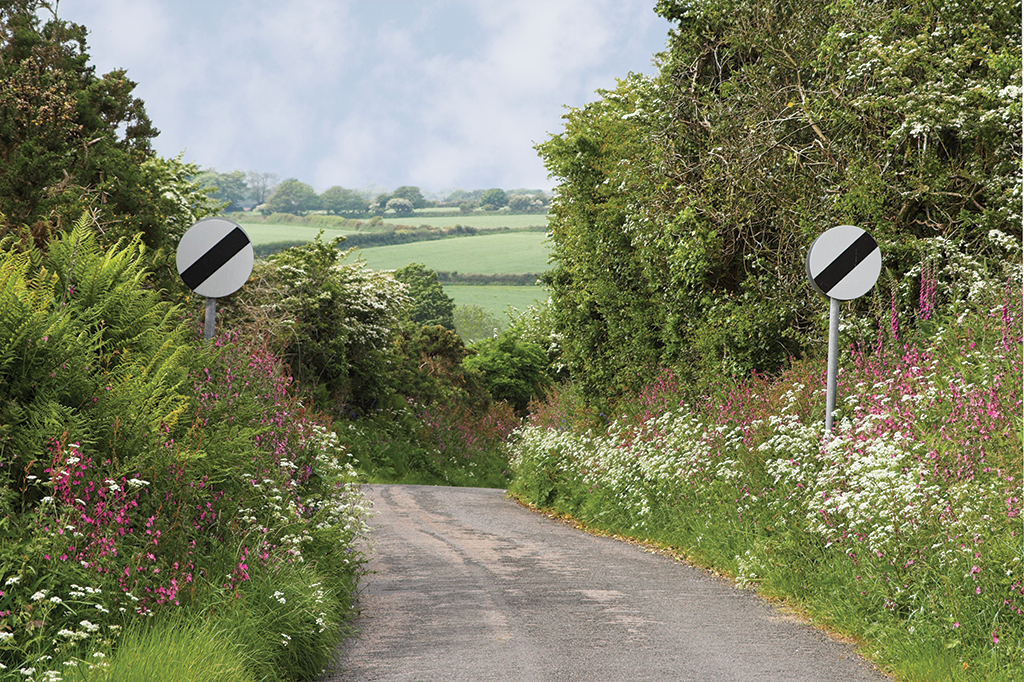
If a hedgerow or tree is a risk to motorists, can the landowner be held liable? Cathrine Grubb investigates
- Are owners of land adjoining the highway liable for risks to motorists such as vegetation that restricts visibility?
- Reviews the case of Sumner v Colborne & Others.
Accidents at road junctions are not unusual. However, in the case of Sumner v Colborne & Others [2018] EWCA Civ 1006 such an accident gave rise to a novel question: can owners of land adjoining the highway be liable for dangers on their land that make the highway more dangerous? The judgment in Sumner not only deals with this issue but provides a helpful illustration of how to determine whether a duty of care exists in novel cases.
The collision
The danger in Sumner was vegetation planted on adjoining land that severely restricted the visibility at a junction on the A494. The A494 had a 60-mph speed limit. Guidelines for the development of new junctions require stopping distance sight of at least 122m on such roads. The









